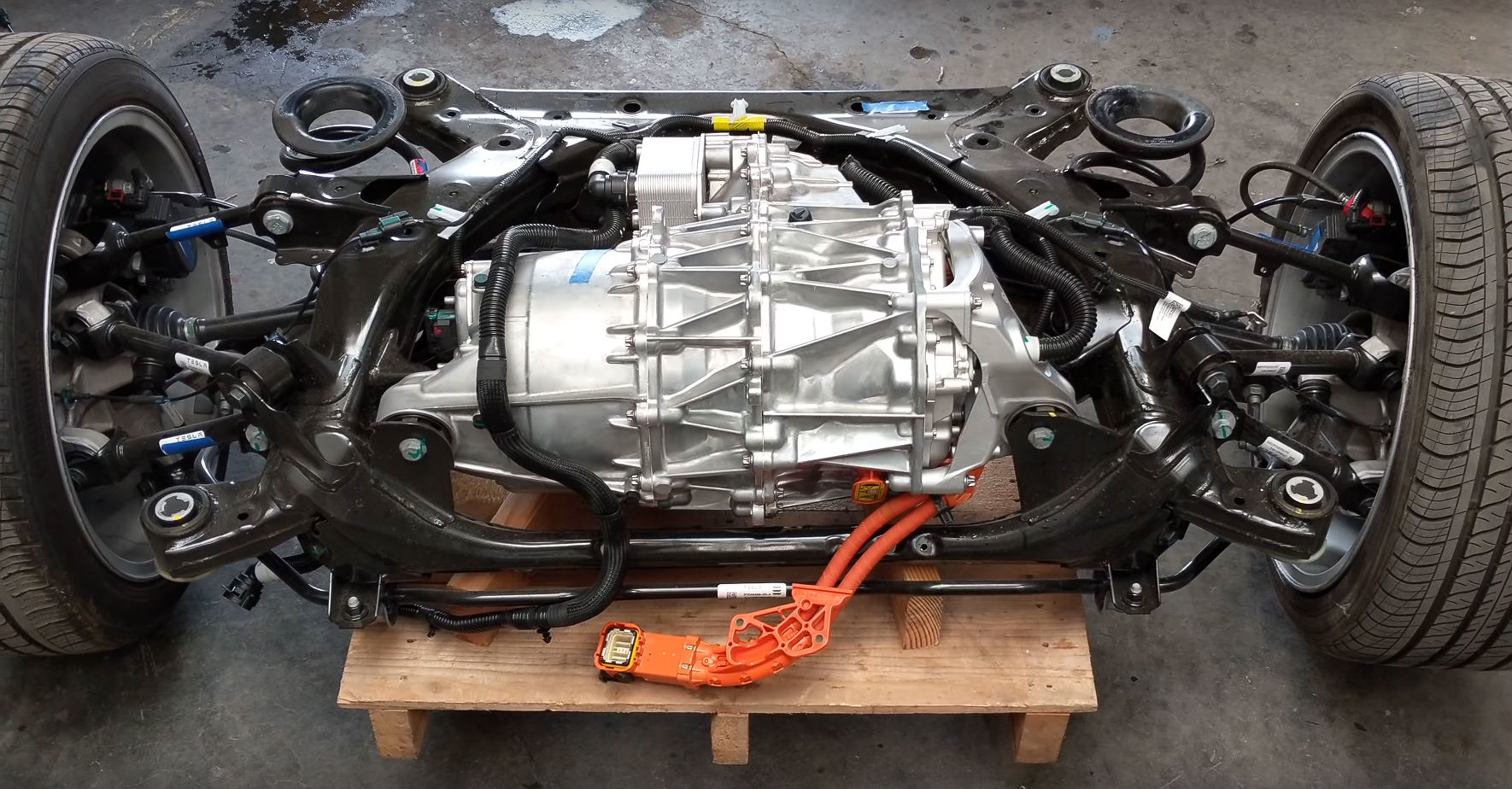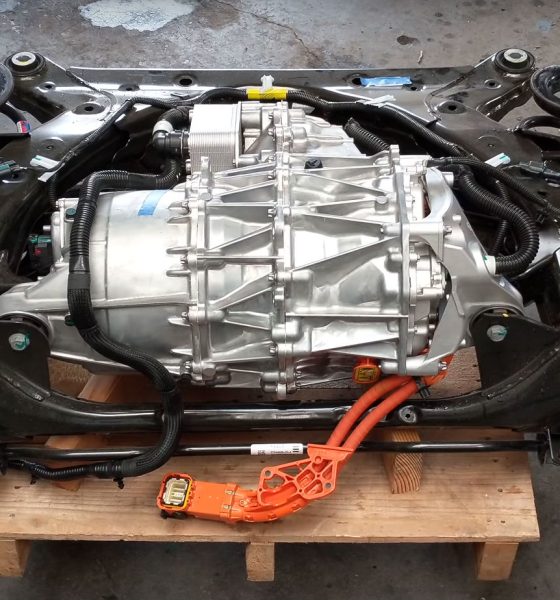Sandy Munro, a teardown specialist and auto industry veteran, is releasing the results of a study he conducted with battery expert Mark Ellis comparing the motors inside four electric vehicles, one of which was a Tesla Model 3. Despite analyzing the vehicle for a long time, the auto expert states that there are still mysteries that he is yet to uncover on the electric sedan.
“The Tesla has a lot of stuff hidden. The Tesla is a big mystery. It’s not obvious sometimes what clever things they’ve done, ” he commented about the California-based car maker’s motor in a recent interview summarized by Industry Week. “There’s mysteries every day. We thought we were clever, but we’re not that clever.”
One of the clever features Munro and Ellis discovered in their Model 3 teardown was the disconnect device for the high voltage. “It’s not really a fuse…It’s like a little explosion. If the car rolls over, they have a little disconnect that blows up, [cutting] all the power to everything and that way you don’t have an electric nightmare,” he revealed. Also, the inner magnets of the Model 3 motor were found to be under a lot of stress, which is not something other manufacturers have learned to do in high volume production. “We’ve talked to lots of magnet manufacturers, but this might be another one of these made-in-Tesla kind of deals. They make a lot of stuff in-house,” Munro guessed.

Another innovation that impressed the teardown team was how advanced the inverter/convertor device was that provides power to the motor, particularly in the use of silicon carbide on the devices’ integrated circuits. “It creates a lot less heat and is a lot faster than the Chevy and BMW,” Ellis added to the discussion. “Silicon carbide is the latest and greatest and Tesla so far is the only vehicle out there with it.” Munro and Ellis further noted the high level of tech Tesla’s motor contained, all while being considerably smaller than the competition.
The study will be released in a few weeks and also includes detailed information about the motors inside the Chevy Bolt, BMW i3, and Jaguar I-Pace. Munro had very positive things to say about Tesla’s technology, but the electric vehicles produced by industry giants did not receive quite the same accolades. “It looks like the other guys just went around and glued together whatever they could find off the shelf,” Munro jabbed at Tesla’s competition.
The BMW i3 was hit particularly hard and cited as the heaviest, most expensive, and very inefficient overall. “It’s not designed for… I don’t know what it’s designed for, really,” Munro swiped in the interview. “While everything on Tesla is…very, very efficient engineering.” Munro still isn’t sold on the Model 3 body, though, and takes issue with the complexity of the process it takes to manufacture it thanks to the number of parts, materials, and fastenings involved.
Munro has a history of strong opinions on Tesla’s car intended for the mass market. After completing an initial teardown of a 2017 version of the vehicle, he infamously commented that the car’s panel gaps could be seen “from Mars” among other very critical remarks about the way the car was manufactured. Tesla eventually issued a statement in response to the criticisms, indicating that significant improvements had been made to its Model 3 manufacturing process which would render moot many of the issues identified.
Once the Model 3 teardown was complete, Munro later admitted to eating “a lot of crow” in response to the technology installed and implemented throughout the car. He praised the Model 3 battery pack and the way it handles on the road, in particular, and also estimated Tesla was turning a 30% profit on the vehicle. Munro ultimately concluded that everything from the car’s suspension and down was perfect, but everything about its bodywork was questionable.
While the study Sandy Munro and Mark Ellis have conducted has not yet been released, from the sounds of it, crow seems to have still been on the menu for Tesla’s inner workings while old criticisms still stand about its outer packaging.

News
Tesla dominates in the UK with Model Y and Model 3 leading the way
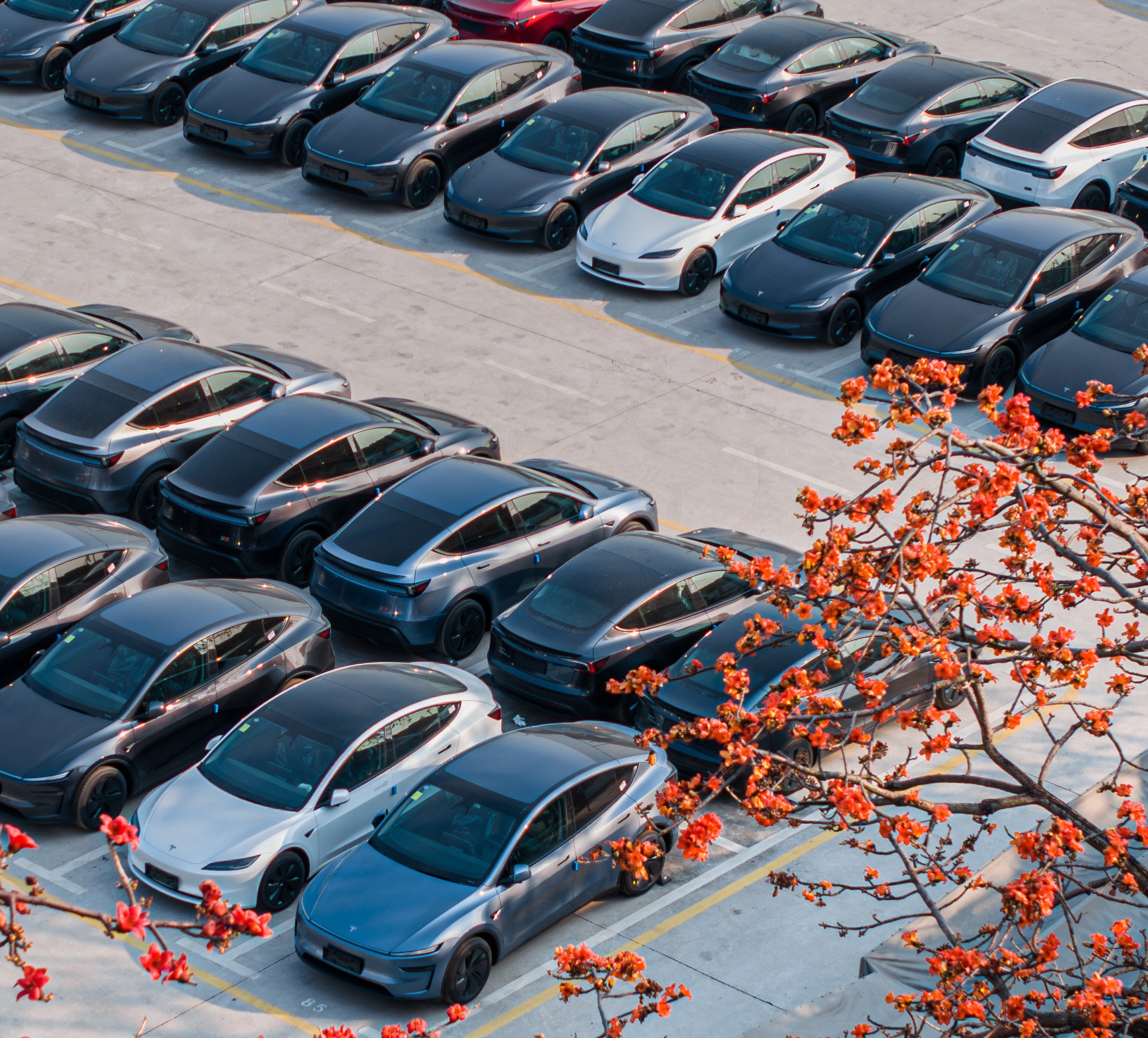
Tesla is dominating in the United Kingdom so far through 2025, and with about two weeks left in the year, the Model Y and Model 3 are leading the way.
The Model Y and Model 3 are the two best-selling electric vehicles in the United Kingdom, which is comprised of England, Scotland, Wales, and Northern Ireland, and it’s not particularly close.
According to data gathered by EU-EVs, the Model Y is sitting at 18,890 units for the year, while the Model 3 is slightly behind with 16,361 sales for the year so far.
The next best-selling EV is the Audi Q4 e-tron at 10,287 units, lagging significantly behind but ahead of other models like the BMW i4 and the Audi Q6 e-tron.
GOOD NEWS 🇬🇧 Tesla is absolutely crushing the UK electric vehicle market in 2025 💥
The numbers are in, and the dominance is clear. With an impressive amount of 42,270 vehicles delivered year-to-date, the brand now commands a solid 9.6% market share of the total auto market 🆒… pic.twitter.com/dkiGX9kzd0
— Ming (@tslaming) December 18, 2025
The Model Y has tasted significant success in the global market, but it has dominated in large markets like Europe and the United States.
For years, it’s been a car that has fit the bill of exactly what consumers need: a perfect combination of luxury, space, and sustainability.
Both vehicles are going to see decreases in sales compared to 2024; the Model Y was the best-selling car last year, but it sold 32,610 units in the UK. Meanwhile, the Model 3 had reached 17,272 units, which will keep it right on par with last year.
Tesla sold 50,090 units in the market last year, and it’s about 8,000 units shy of last year’s pace. It also had a stronger market share last year with 13.2 percent of the sales in the market. With two weeks left in 2025, Tesla has a 9.6 percent market share, leading Volkswagen with 8 percent.
The company likely felt some impact from CEO Elon Musk’s involvement with the Trump administration and, more specifically, his role with DOGE. However, it is worth mentioning that some months saw stronger consumer demand than others. For example, sales were up over 20 percent in February. A 14 percent increase followed this in June.
News
Tesla Insurance officially expands to new U.S. state
Tesla’s in-house Insurance program first launched back in late 2019, offering a new way to insure the vehicles that was potentially less expensive and could alleviate a lot of the issues people had with claims, as the company could assess and repair the damage itself.
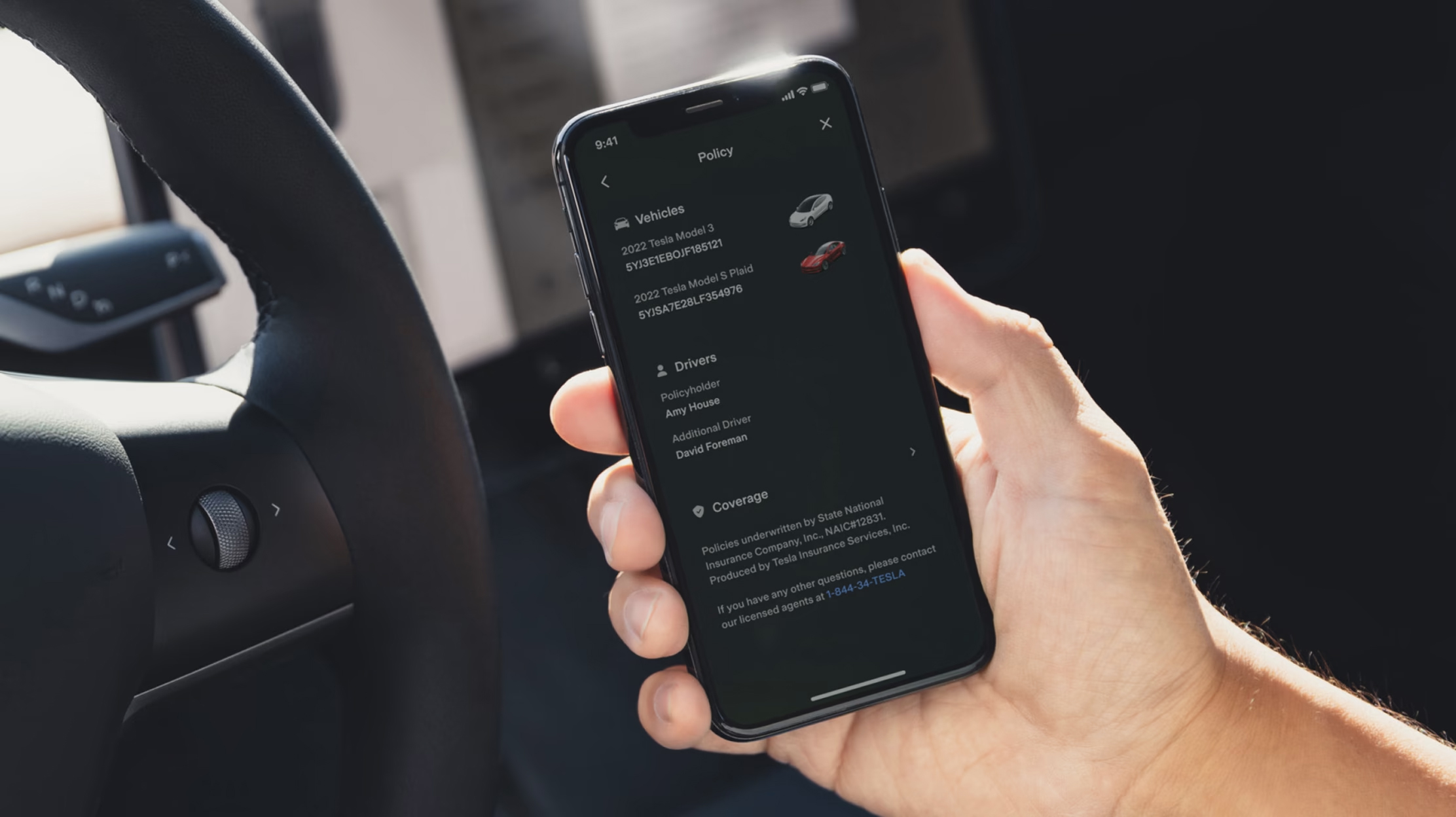
Tesla Insurance has officially expanded to a new U.S. state, its thirteenth since its launch in 2019.
Tesla has confirmed that its in-house Insurance program has officially made its way to Florida, just two months after the company filed to update its Private Passenger Auto program in the state. It had tried to offer its insurance program to drivers in the state back in 2022, but its launch did not happen.
Instead, Tesla refiled the paperwork back in mid-October, which essentially was the move toward initiating the offering this month.
BREAKING: Tesla Insurance has just officially launched in Florida.
This is the first new state to receive @Tesla Insurance in more than 3 years. In total, Tesla insurance is now available in 13 U.S. states (map in thread below of all the states).
Tesla Insurance in Florida uses… pic.twitter.com/bDwh1IV6gD
— Sawyer Merritt (@SawyerMerritt) December 17, 2025
Tesla’s in-house Insurance program first launched back in late 2019, offering a new way to insure the vehicles that was potentially less expensive and could alleviate a lot of the issues people had with claims, as the company could assess and repair the damage itself.
It has expanded to new states since 2019, but Florida presents a particularly interesting challenge for Tesla, as the company’s entry into the state is particularly noteworthy given its unique insurance landscape, characterized by high premiums due to frequent natural disasters, dense traffic, and a no-fault system.
Annual average premiums for Florida drivers hover around $4,000 per year, well above the national average. Tesla’s insurance program could disrupt this, especially for EV enthusiasts. The state’s growing EV adoption, fueled by incentives and infrastructure development, aligns perfectly with Tesla’s ecosystem.
Moreover, there are more ways to have cars repaired, and features like comprehensive coverage for battery damage and roadside assistance tailored to EVs address those common painpoints that owners have.
However, there are some challenges that still remain. Florida’s susceptibility to hurricanes raises questions about how Tesla will handle claims during disasters.
Looking ahead, Tesla’s expansion of its insurance program signals the company’s ambition to continue vertically integrating its services, including coverage of its vehicles. Reducing dependency on third-party insurers only makes things simpler for the company’s automotive division, as well as for its customers.
News
Tesla Full Self-Driving gets sparkling review from South Korean politician
“Having already ridden in an unmanned robotaxi, the novelty wasn’t as strong for me, but it drives just as well as most people do. It already feels like a completed technology, which gives me a lot to think about.”
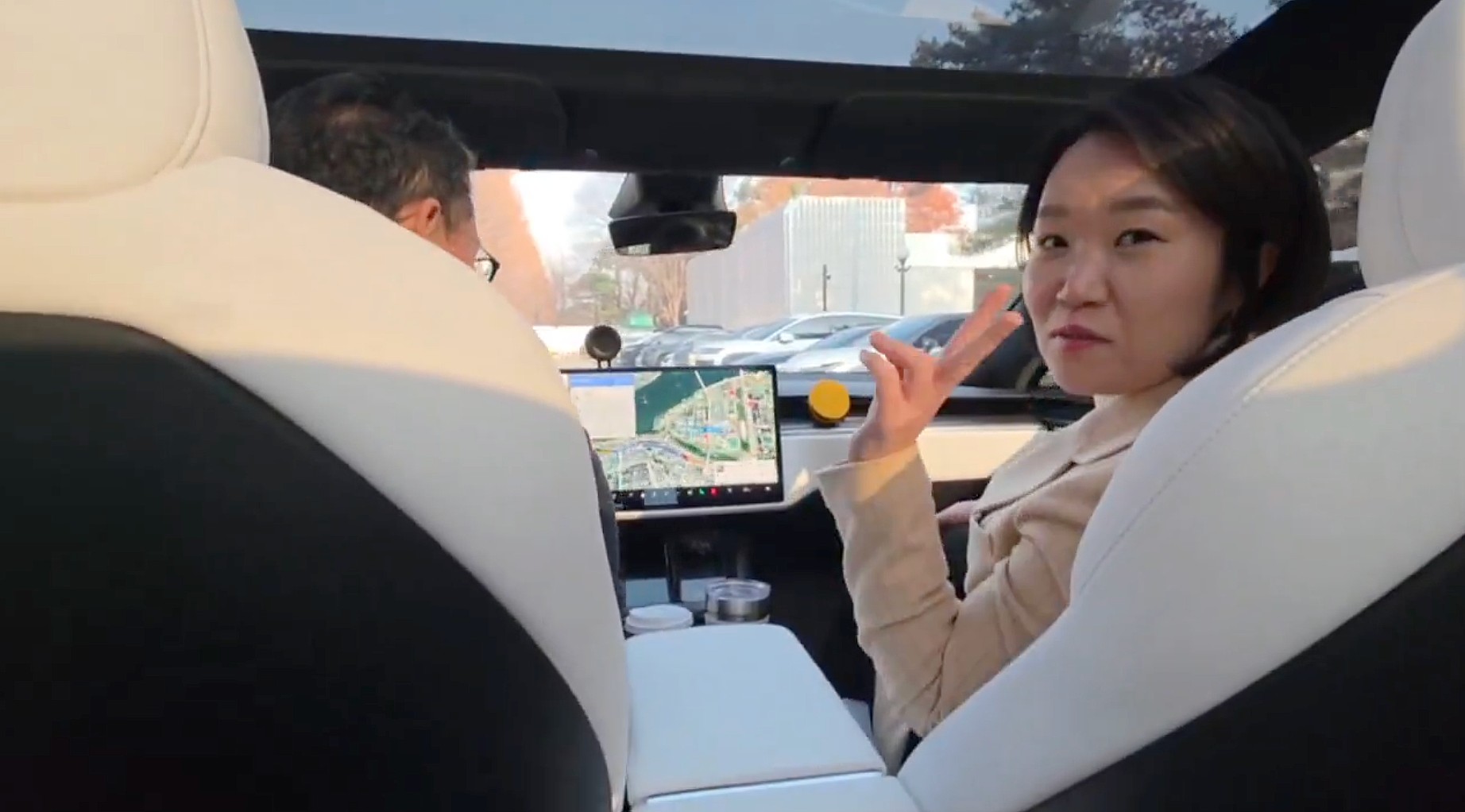
Tesla Full Self-Driving got its first sparkling review from South Korean politician Lee So-young, a member of the country’s National Assembly, earlier this week.
Lee is a member of the Strategy and Finance Committee in South Korea and is a proponent of sustainable technologies and their applications in both residential and commercial settings. For the first time, Lee was able to utilize Tesla’s Full Self-Driving technology as it launched in the country in late November.
Her thoughts on the suite were complimentary to the suite, stating that “it drives just as well as most people do,” and that “it already feels like a completed technology.”
드디어 오늘, 서울에서 테슬라 FSD 체험 했습니다.
JiDal Papa님의 모델S 협찬에 힘입어^^ 파파님 정말 감사합니다.
국회 -> 망원시장 -> 홍익대 -> 국회 복귀 코스였고요.
이미 무인 로보택시를 타봐서 그런지 신기함은
덜했지만, 웬만한 사람만큼 운전을 잘하네요.이미 완성된 기술이라고… pic.twitter.com/8pAidHBpRG
— 이소영 국회의원 (Soyoung Lee) (@im_soyounglee) December 17, 2025
Her translated post says:
“Finally, today I got to experience Tesla FSD in Seoul. Thanks to the Model S sponsored by JiDal Papa^^, I’m truly grateful to Papa. The route was from the National Assembly -> Mangwon Market -> Hongik University -> back to the National Assembly. Having already ridden in an unmanned robotaxi, the novelty wasn’t as strong for me, but it drives just as well as most people do. It already feels like a completed technology, which gives me a lot to think about. Once it actually spreads into widespread use, I feel like our daily lives are going to change a lot. Even I, with my license gathering dust in a drawer, don’t see much reason to learn to drive a manual anymore.”
Tesla Full Self-Driving officially landed in South Korea in late November, with the initial launch being one of Tesla’s most recent, v14.1.4.
It marked the seventh country in which Tesla was able to enable the driver assistance suite, following the United States, Puerto Rico, Canada, China, Mexico, Australia, and New Zealand.
It is important to see politicians and figures in power try new technologies, especially ones that are widely popular in other regions of the world and could potentially revolutionize how people travel globally.
